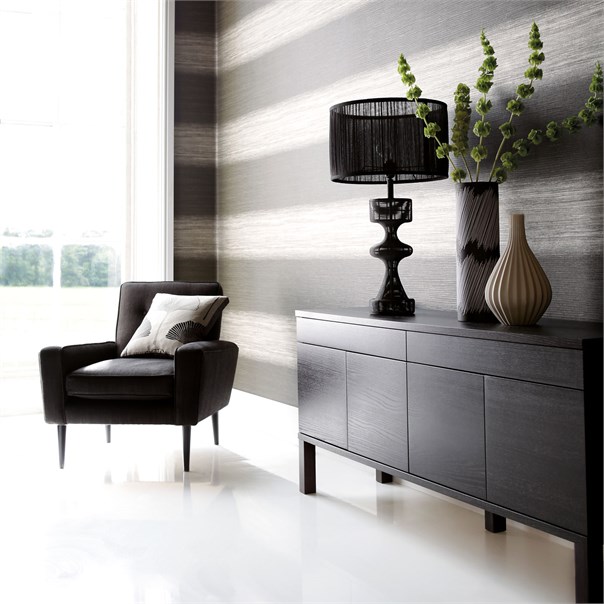Interior decorating
7 most commonly made mistakes when buying furniture
Most interior designers or homeowners believe that they know best when it comes to the interior design and what works well for each room. However, they still make mistakes that are also often made by amateurs. Some follow trends too much, others believe in sets, etc. But what matters is the end result and even though they think that they are doing everything right, they can be wrong.
Here are some of the most common mistakes they make:
1. Not measuring
Before you go out to buy furniture, always measure the space. Most designers neglect to do this because they think that they know their trade well enough to buy pieces just based on a feeling that they have. What usually happens, as a result, is the home turning into this cramped space with no place to move or a space that looks too big and unfinished. Take measures and write them down before you buy.
In case you are a retailer, remind people that they will likely need measures before purchasing anything.
2. Buying cheap instead of valuable
It’s easy to think that the cheap furniture will provide the same value as the more expensive one. Designers usually do this when they are limited in terms of budget and they have to conform to it instead of doing what they want. Retailers and designers alike should explain the situation to their customers. “However, investing in a few quality pieces is the best way to go. Cheap furniture will likely break sooner. You have to present this situation to your employers and let them know what are the benefits of buying a few more expensive pieces”, – explains Karina Fitzgerald, an Interior design writer at Boom Essays.
3. Buying furniture that is too big
If you are decorating a small place, big furniture will just not do. You will just end up with a cramped space. The same goes for dark furniture and the one with heavy materials. You want the home to look bigger, not smaller so pick smaller furniture of lighter materials and colours. As a retailer, you probably often interact with people who want huge pieces – ask them how big their home is. The same goes for people who want smaller pieces.
4. Not thinking about comfort
Everyone gives into the visual aspect of the furniture without thinking about comfort. Beautiful furniture will impress the owners, that’s for sure, but after a while, they’ll be frustrated with how comfortable it is. While it can still look good, it’s imperative that you think about comfort in the first place and beauty can come after. Try it out, see how functional and comfortable it is. Ask your customers how important functionality is to them and let them know if there are any more comfortable pieces.
5. Buying a set
Furniture looks so great in catalogues, especially when it’s all matchy-matchy. But this is not true for real life. Sets can be tacky and not suitable for a space at all. Brenda Durbin, a Design blogger at Ukwritings and Academ Advisor comments: “This is why you need to consider getting pieces of different sets and combining them so that they look good. You can maybe match colours or styles but there are some general rules”.
The sofa and the chairs shouldn’t be from the same set and the same goes for end tables and the coffee table. If you follow these rules, any room will look amazing and unique. Mix tones, textures and styles. You can also clash materials between the sofa and the pillows – that always has an amazing effect.
Let your customers know that they can go beyond just buying a set – show them combinations that work well together without matching.
6. Purchasing rugs that are too small
Again, not measuring the space will cost you a lot of time and money. As far as rugs go, buying one that’s too small is an often enough mistake. This can make your beautifully designed and decorated room look smaller. Rugs should be purchased with care since they are the focal point of a living room, for example. They also make any other room look more comfortable and finished. A general rule is that the front two legs of each piece of the furniture should be on the rug.
7. Not being unique
People often go for trends and sets or a completely new furniture and forget about their old, beloved pieces. These hold history and they are something that you can’t purchase anymore. Try to show the owners that their old furniture can look good. “This is why you should keep them. They add some personality to the space and tell a story that no new piece could tell. Sometimes these old pieces can make new ones look even better and vice versa”, – says John Lemons, a Home design writer at Essayroo and Via Writing.
Conclusion
Everyone wants a beautiful home, but not everyone is a designer – that’s why people who have some knowledge in this area should steer them in the right direction. Follow these tips whether you are an interior designer or a retailer that often has to help their customers find the perfect furniture for their space.
About the author
Freddie Tubbs is blog editor and proofreader at Revieweal. He takes part in online design conferences and webinars and contributes posts to Academized and Paper Fellows blogs.


